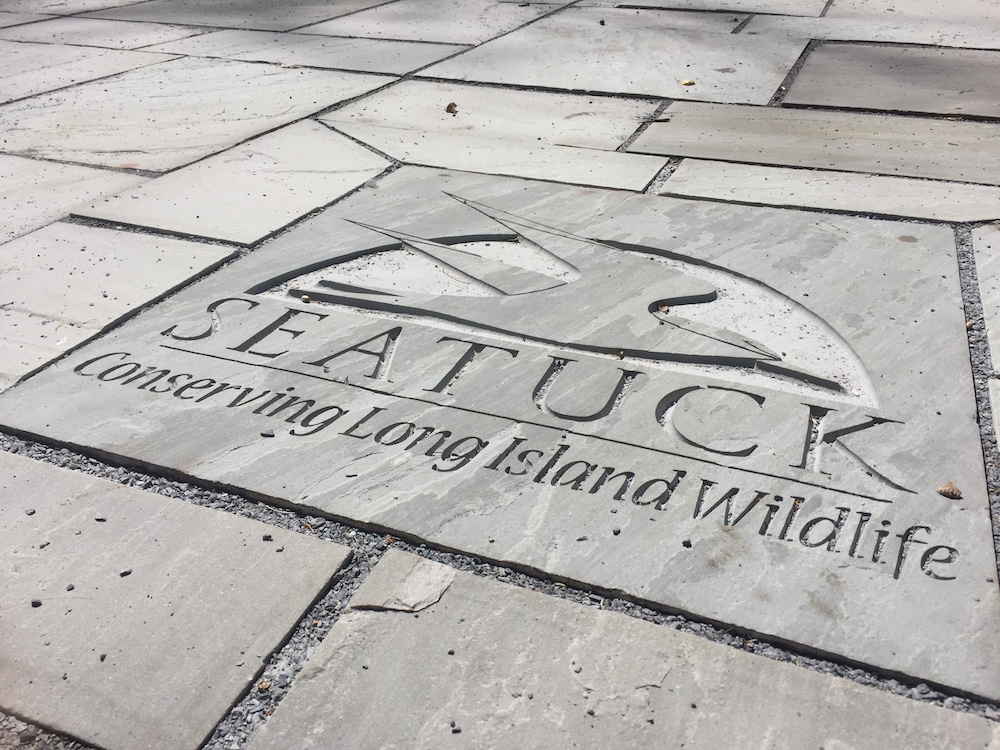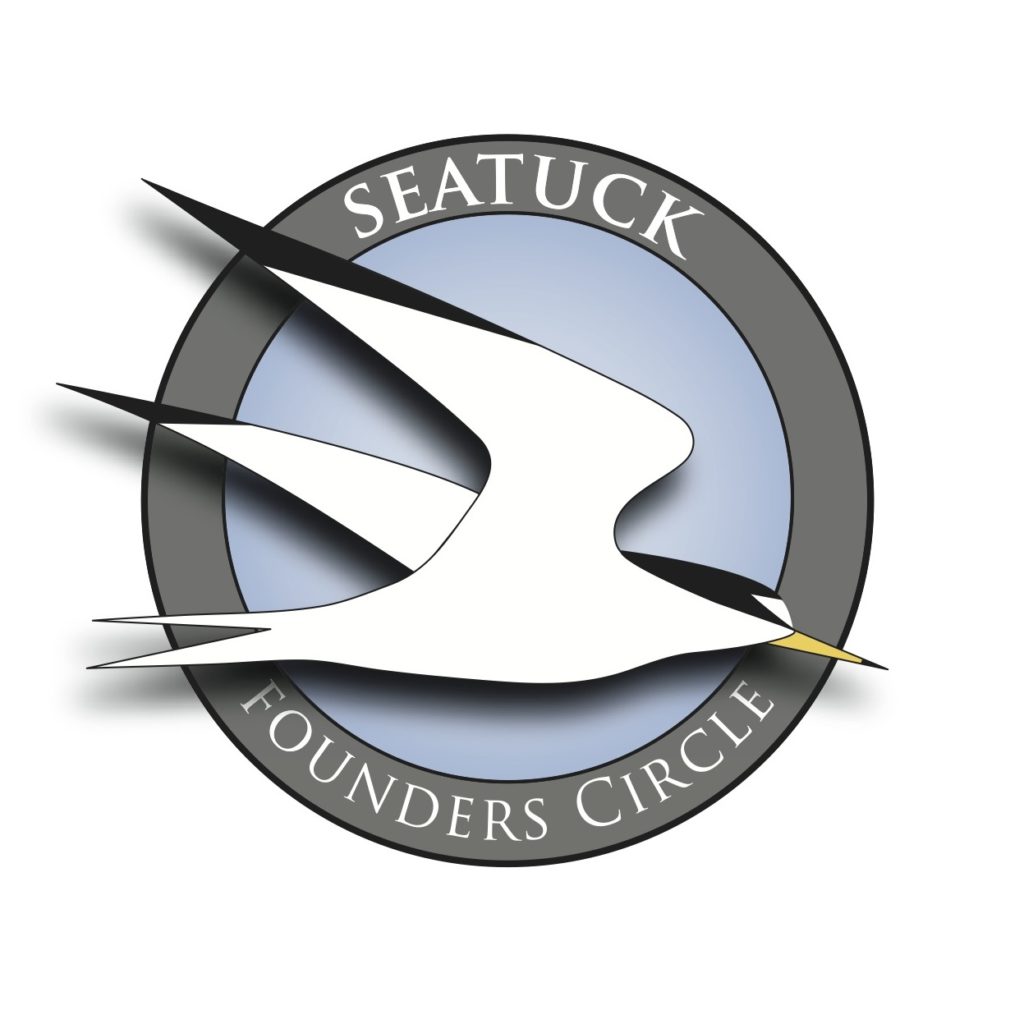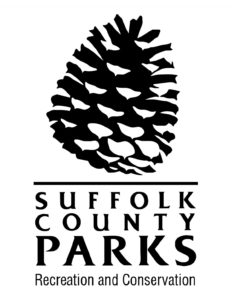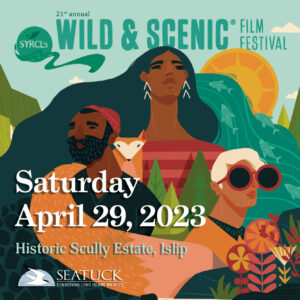Founders Circle
About the Founders Circle
The Founders Circle Bluestone Project is a unique donor recognition program that provides participants the opportunity to have their name (or the name of a loved one) become a permanent part of Seatuck’s home at the Scully Estate. The program supports Seatuck’s work to conserve Long Island wildlife and the environment. It provides important support to Seatuck’s conservation policy initiatives and education programs.
The Founders Circle is located at the Scully Estate’s “Orientation Circle”, the convergence area near the greenhouse that lies along the path from the parking lot to the main entrance. The bluestones match the color, size and pattern of those on the building’s front terrace and entrance walkway. Donors will have the opportunity to select from one of four sizes and have up to four lines of text engraved in the stone.


Donors have a choice of four stone sizes, as follows:
- Extra Large – 24″ x 24″
- Large – 18″x 24″
- Medium – 12″ x 24″
- Small – 12″ x 18″
The different stone sizes allow for various amounts of text, as follows:
- Extra Large – 4 lines of up to 18 characters per line (including spaces and punctuation)
- Large – 4 lines of up to 12 characters per line (including spaces and punctuation)
- Medium – 2 lines of up to 18 characters per line (including spaces and punctuation)
- Small – 2 lines of up to 12 characters per line (including spaces and punctuation)
Invest in Seatuck, Leave Your Mark at Scully!
For more information please contact Sherry Perlman at 631-581-6908 or [email protected]
Related Information

Suffolk County Environmental Center
The Spotted Turtle (Clemmys guttata) is a small, secretive, semi-aquatic species that is found in a wide variety of shallow wetland habitats and their adjacent upland areas. It was once considered the most common turtle in New York State and the New York City region.

Wild & Scenic Film Festival
The Wild & Scenic Film Festival promotes grassroots environmental activism through art and film. It features the best in environmental documentaries, shorts, and adventure films.
